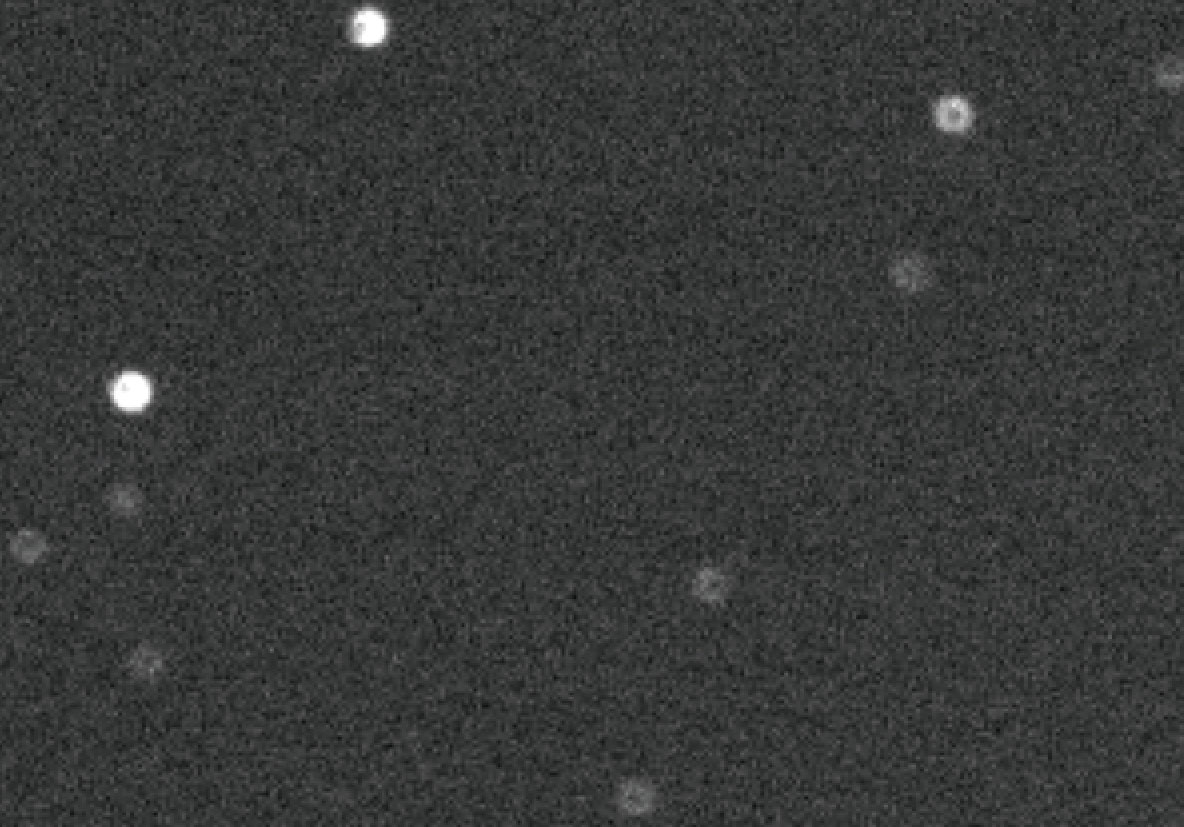Biomedical Microsystems Lab
Research
What research we are working on
Advanced Microsystems
We are developing advanced microsystems by integrating microfluidics, integrated circuits and biotechnologies.
2D Flow Cytometer
A novel concept of two-dimensional flow cytometer (2DFC) is being developed for high-throughput and parallelized detection of fluorescence signal from target cells. The 2DFC utilizes Single Photon Avalanche Diode (SPAD) array located at the bottom surface of microfluidic channel for two-dimensional fluorescence detection. The feasibility of 2DFC on the two-dimensional flow cytometry has been successfully demonstrated by directly detecting fluorescently labeled cancer cells flowing over the SPAD array. The novel concept of 2DFC can be utilized for the detection of rare target cancer cells among the large population of unwanted cell types.
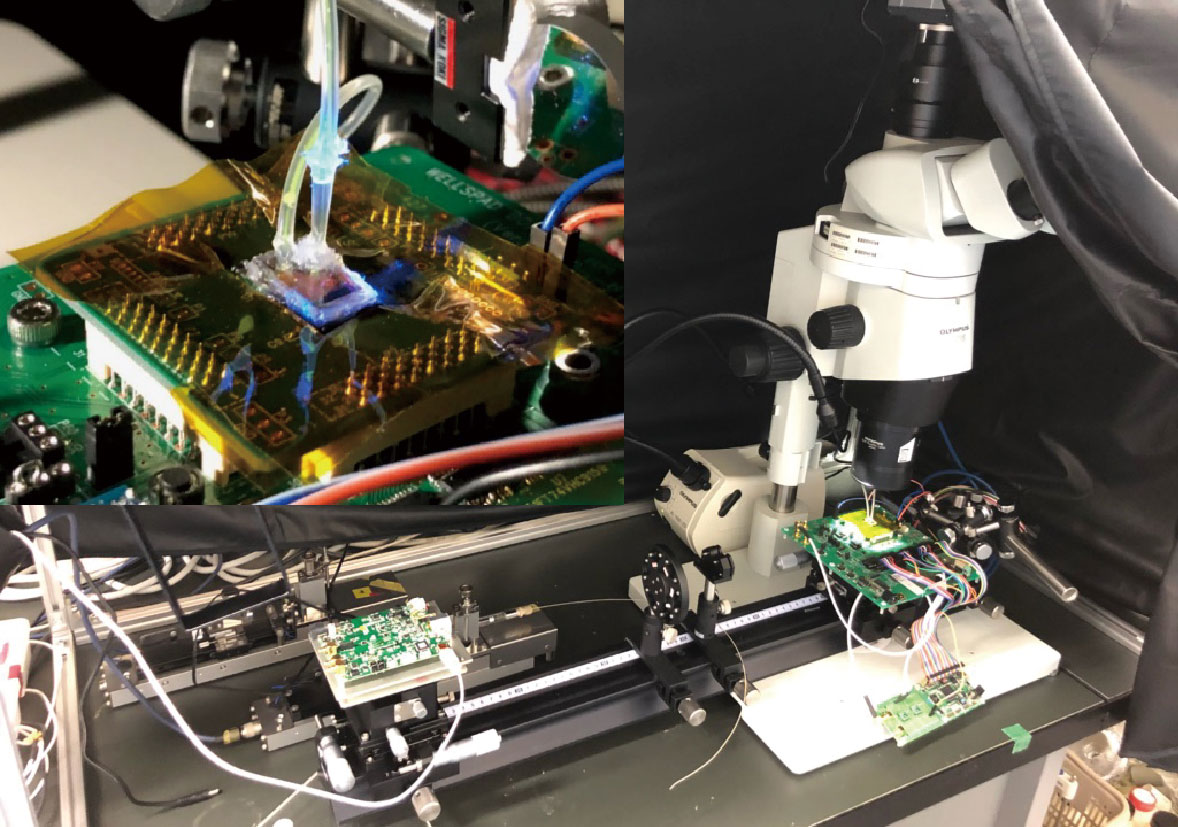
Electroactive Microwell Array for Single Cell Analysis
We are developing highly efficient single cell analysis system by utilizing Electroactive Microwell Array (EMA) for the analysis of intracellular materials of single cells. The EMA contains patterned thin-film electrodes at the bottom of each microwell for single-cell trapping by using dielectrophoresis (DEP). The trapped cells can be stably held in the microwell, allowing rapid exchange of reagents with an extremely small sample volume, facilitating high-throughput biochemical assays for arrayed single cells.
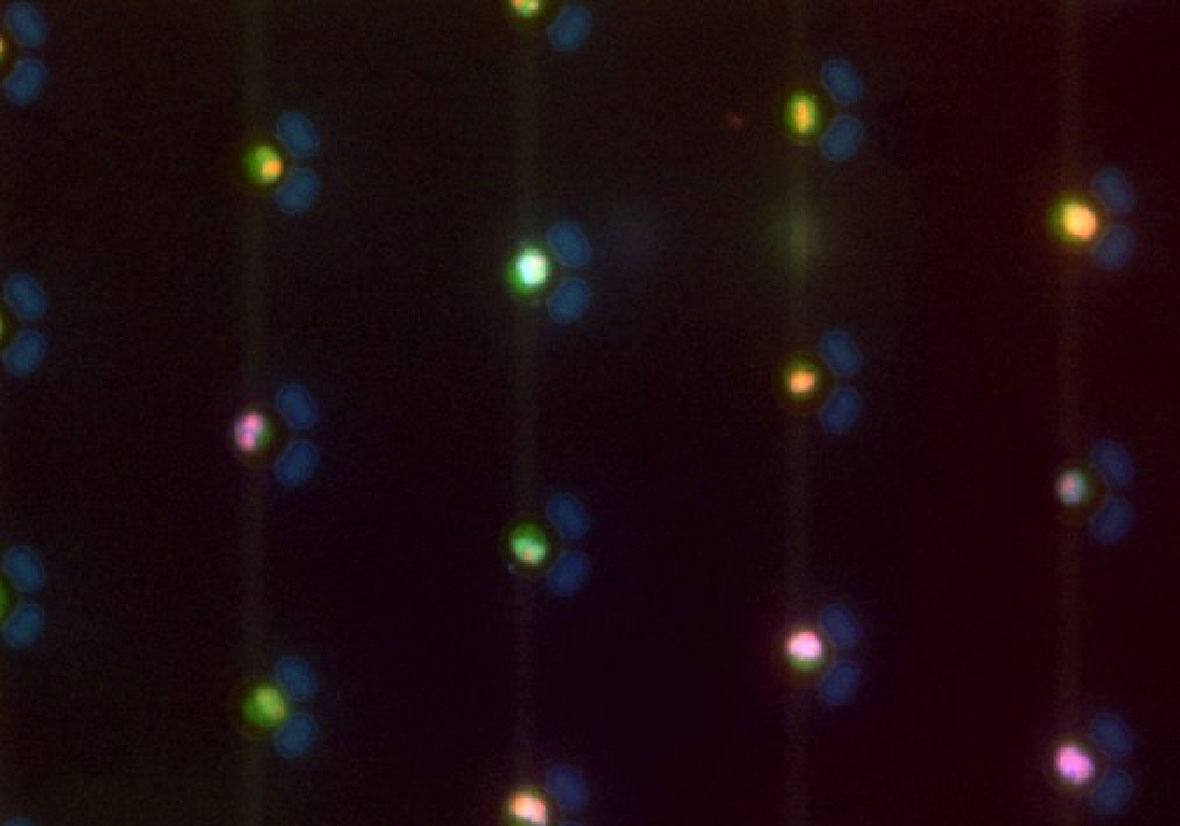
Addressable Electroactive Microwell Array
We are developing a novel microfluidic device utilizing addressable electroactive microwells, allowing compartmentalization of multiple single cells each from different populations. The compartmentalization of multiple single cells was achieved by sequentially introducing and trapping each cell population into designated microwells by using addressable electrodes. We successfully demonstrated the combinatorial single-cell trapping for three different groups of cancer cells stained with blue, green or red fluorescent dye. Our novel system can be utilized for the analysis of multiple cell-cell communication, or for the combinatorial indexing of single cells.
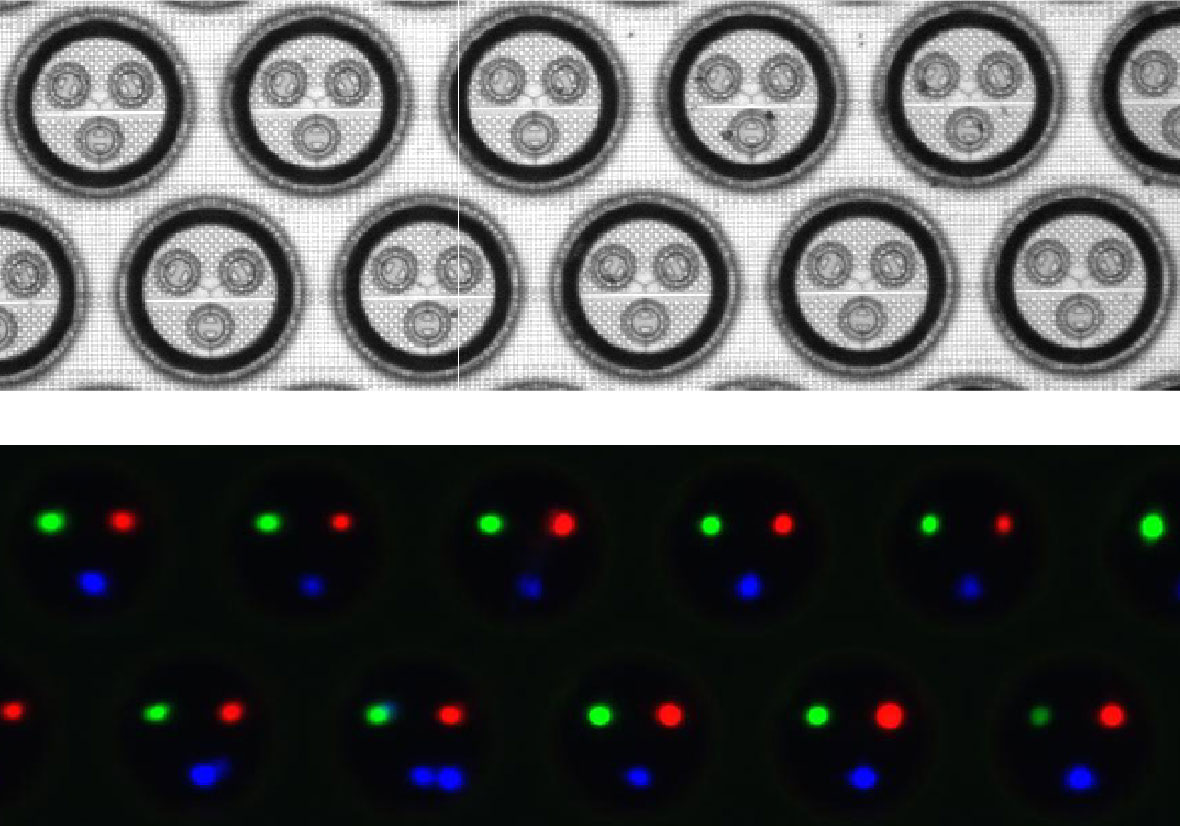
Electrochemical Nanosensor
We are developing nano-sized electrochemical sensors by utilizing quantum transport for the label-free biomedical analysis.
Single-cell electrochemical aptasensors
Ferrocene-modified DNA aptamers immobilized at the bottom surface of microwell were utilized for the label-free single cell electrochemical sensing. This first implementation of a single-cell electrochemical aptasensor array based on Brownian-fluctuating redox-labelled aptamers targeting epithelial cell adhesion molecule (EpCAM) opens new opportunities for large-scale implementation and statistical analysis of early cancer diagnosis and cancer therapy in clinical settings.
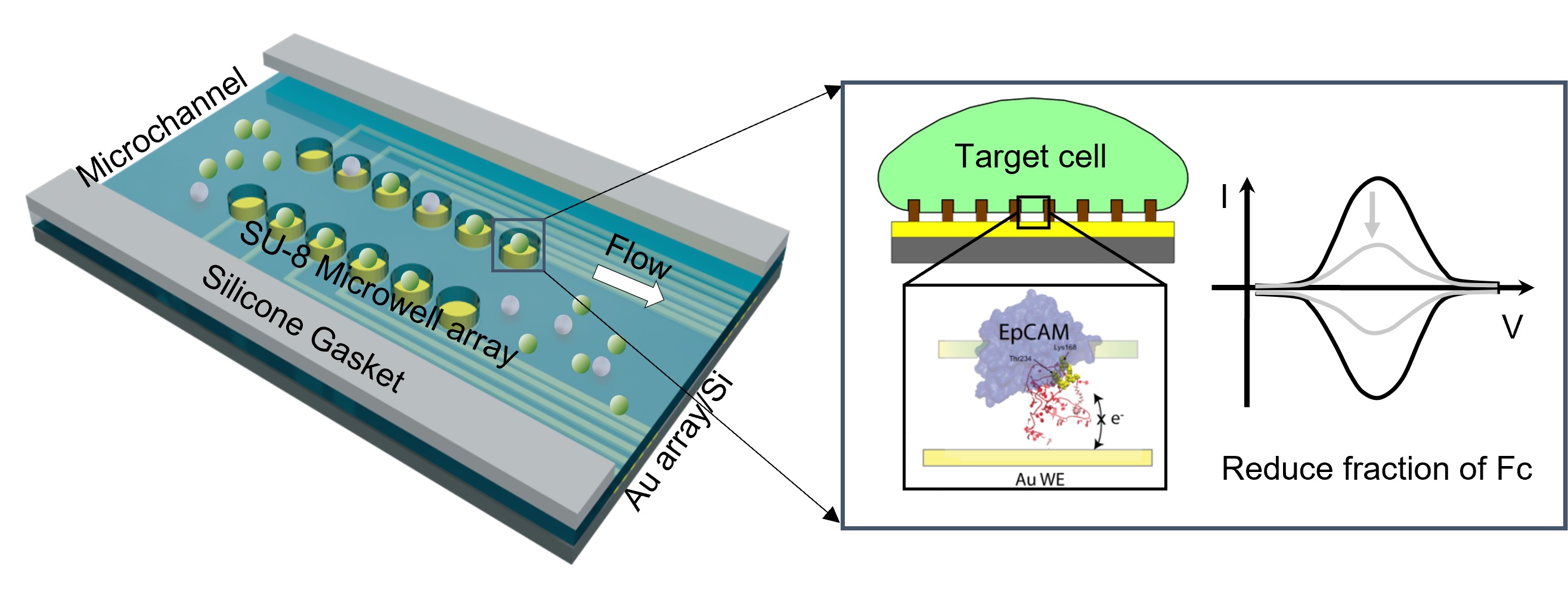
Nanotransistors sensors
We are conducting research and development on a Nano-Transistor Sensor Array by combining nanotransistors with artificial receptors capable of selectively capturing various chemical species for simultaneously and sensitively detecting multiple target chemical species. The goal is to apply this Nanotransistor Sensor Array to the measurement of biochemical substances (such as cytokines, chemokines, fractalkines, etc.) to realize monitoring of intercellular signaling molecules.
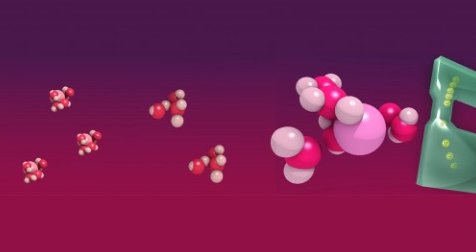
Molecular and quantum (bio) electrochemistry
We establish links between Quantum transport and (bio)Electrochemistry, for example via the shot noise measurement and study and the understanding of redox labeled biomolecular systems. A software (qbiol), coupling molecular dynamics and single-electron counting, is being developed. This approach is extremely efficient to better understand nanoelectrochemistry, nanoconfined biomolecules and provides new methods for ultrasensitive measurements.
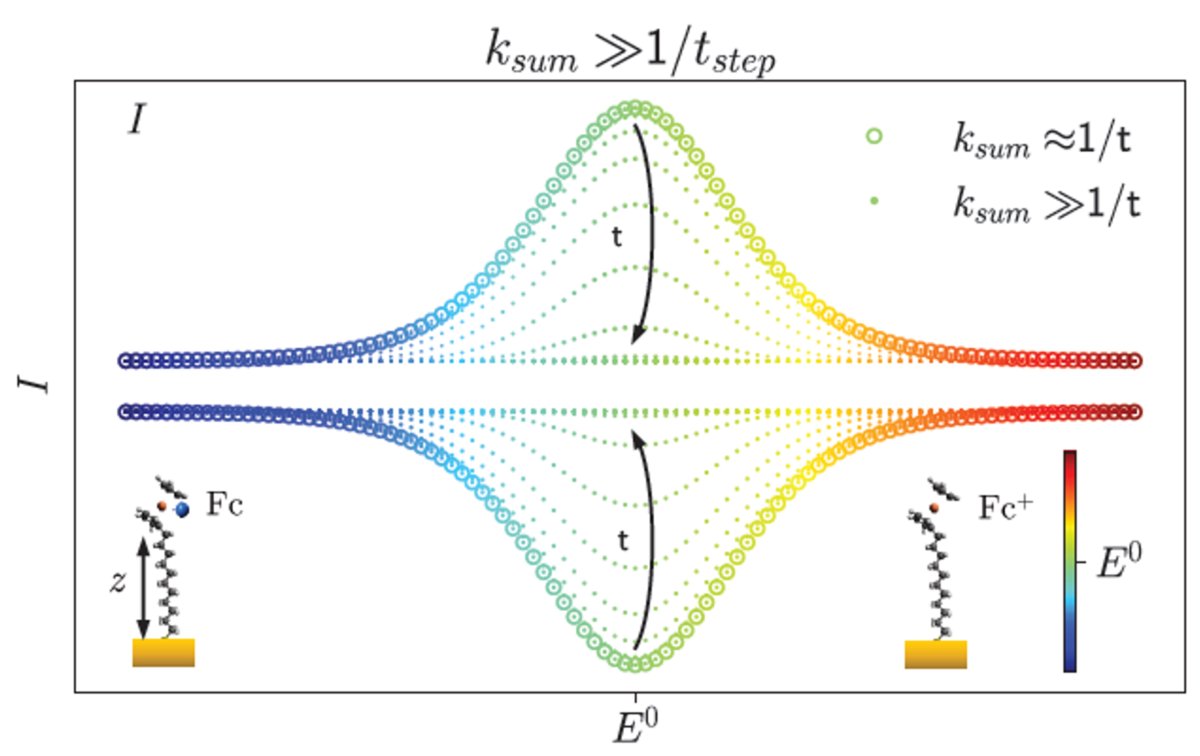
DNA Nanotechnology
We are establing novel systems by utilizing DNA nanotechnology for the biomedical applications including molecular neural network and DNA hydrogels.
DNA hydrogel
Circulating tumor cells (CTC) in cancer patients blood samples bring insights on the primary tumor characteristics, the evolution of cancer, and its drug sensitivity. However, they are fragile, as they easily succumb to shear stress, and rare, which challenges their capture. Here, we propose to use DNA hydrogels as a new simple, gentle, and low-cost method, to capture CTC.
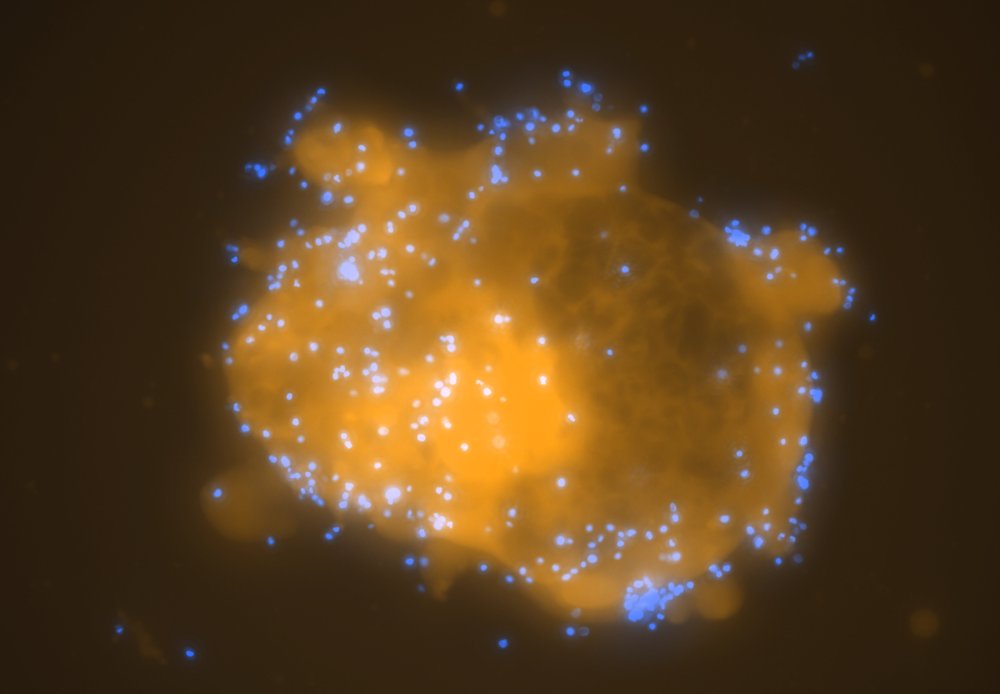
FindCov
The global pandemic of Covid19 has highlighted the need for a simple, cheap and sensitive method to detect viral RNA. PCR is the gold standard; while it is extremely sensitive, it requires specialized equipment and staff, as well as dedicated supply chain. We aim to develop a simple, enzyme free technique for detecting SARS-CoV-2 that can eliminate the requirement of PCR.
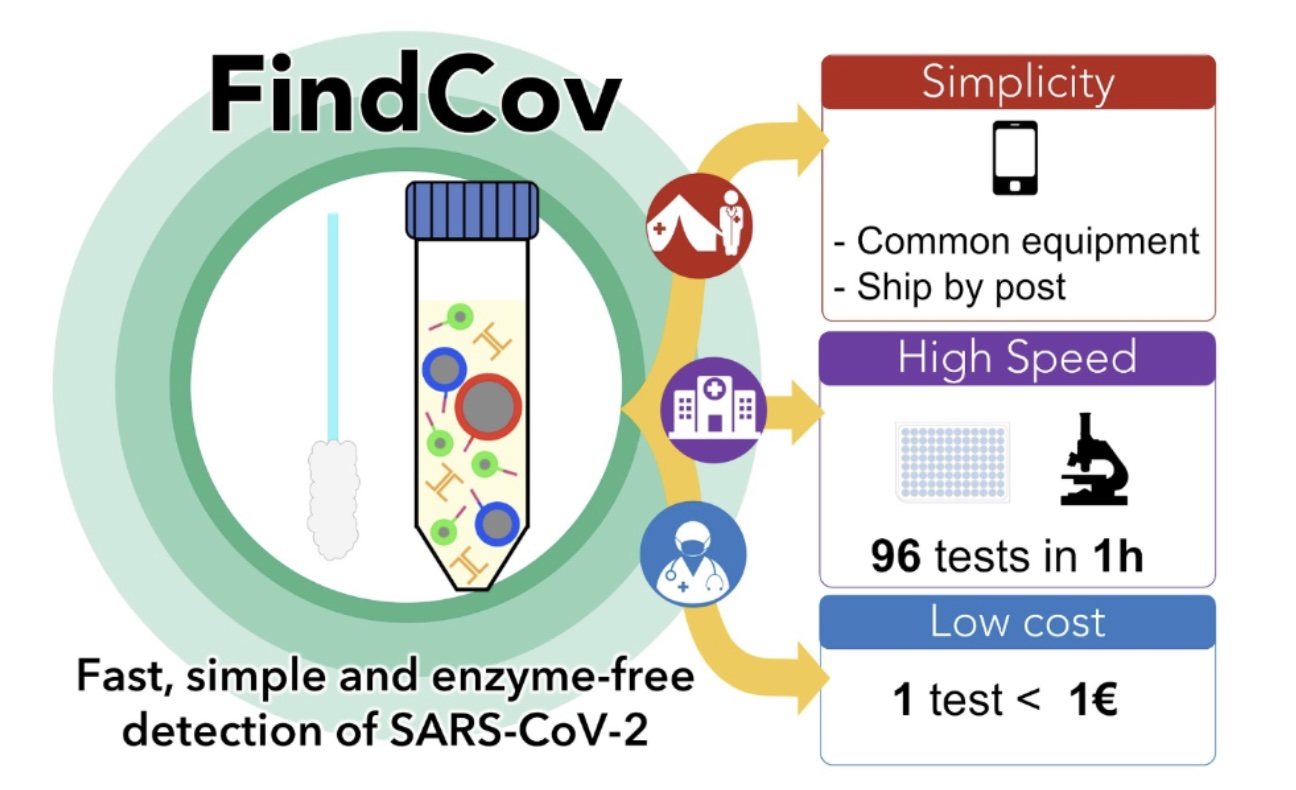
DNA conjugated nanoparticles
DNA nanoparticles self-organized in droplets have been observed by fluorescence microscopy under various conditions (temperature, concentration, etc.) using a high throughput microfluidic platform. A phase diagram has been obtained and gave us a better understanding on how programing DNA to organize nanoparticles in a controllable geometry architecture.
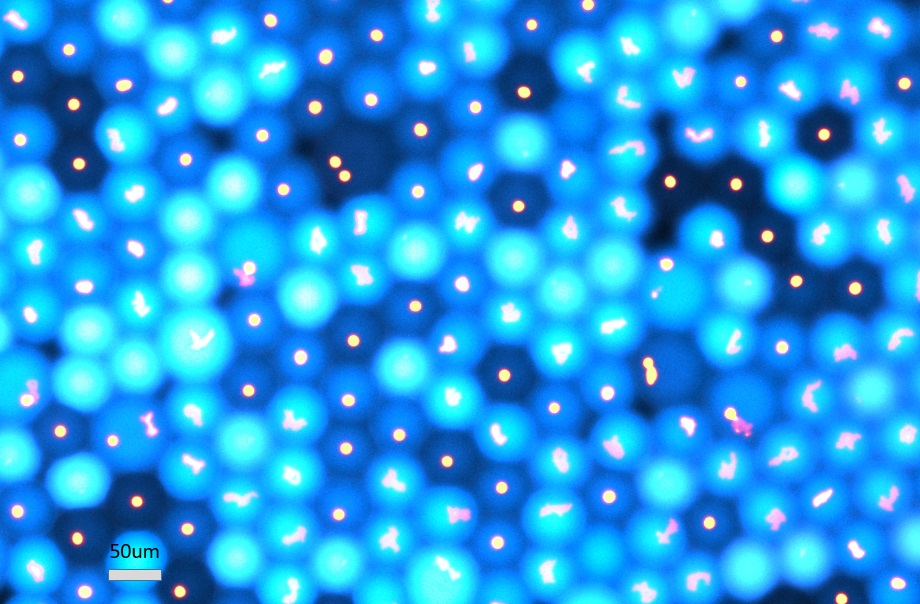
Liquid Biopsy
We are utilizing microsystems to realize precise liquid biopsy assay to detect cancer biomarkers from blood samples for the early diagnosis and prognosis of cancer.
Circulating Tumor Cell
We are utilizing a microwell-on-electrode (MOE) array to realize simultaneous trapping of a circulating tumor cells (CTCs) and CTC clusters for the precise diagnosis/prognosis of cancer. Cell-sized microwells fabricated on interdigitated electrodes efficiently trapping single CTCs and CTC clusters with high trapping efficiency by combining with two independent isolation methods based on physical and biochemical properties.
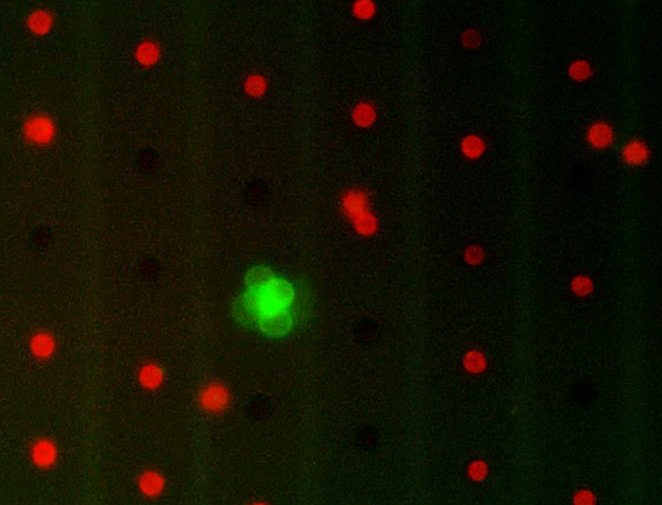
Circulating Tumour DNA
We are developing a novel digital PCR approach for the highly sensitive detection of circulating tumor DNA (ctDNA) by utilizing DNA capture beads that drastically reducing number of partitions causing improvement of detection sensitivity. The approach involves enriching target DNA by capturing them on a novel DNA capture beads and individually isolating the beads with water-in-oil droplets for PCR amplification.
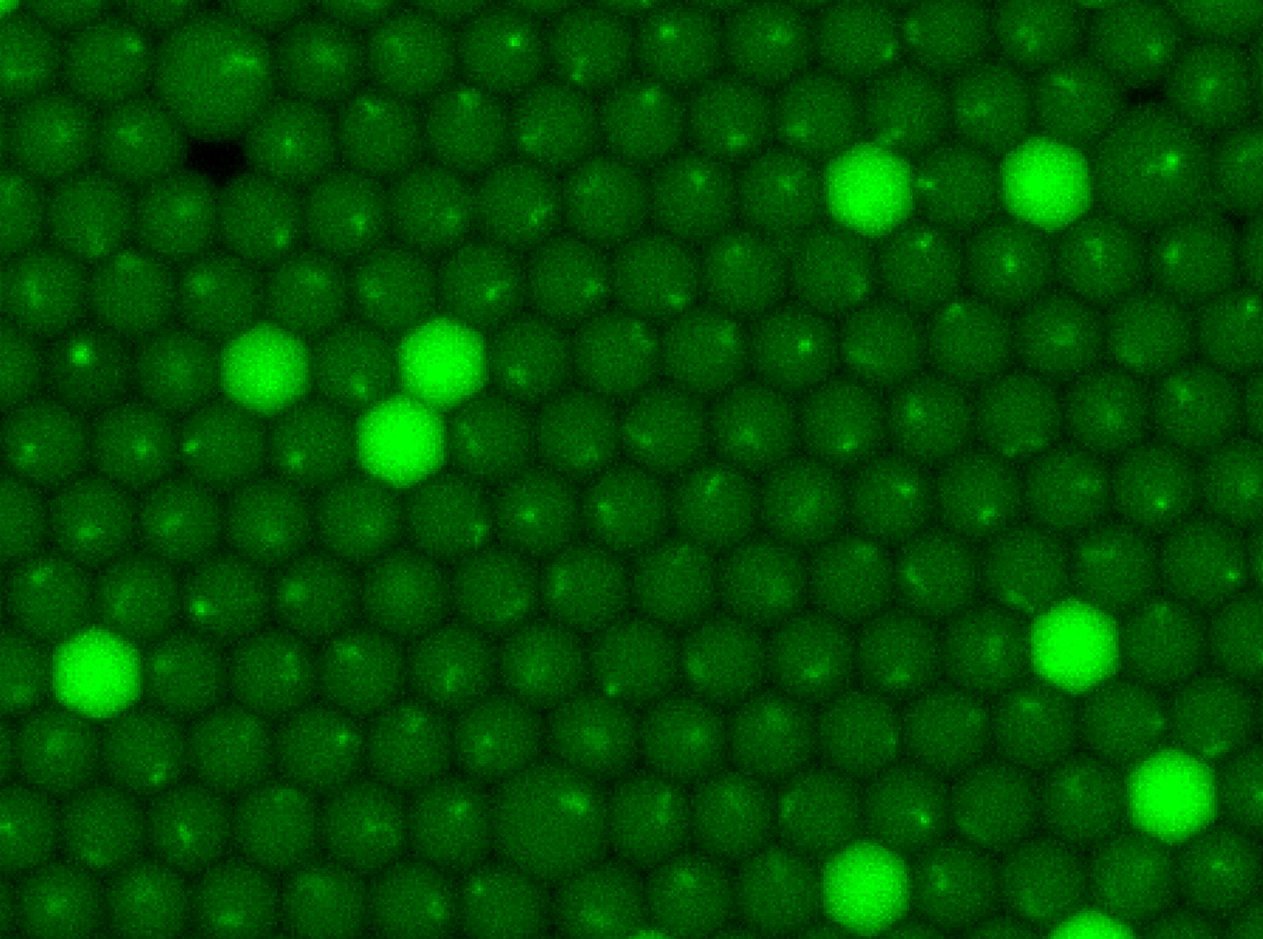
Exosome
We are developing a novel microsystem for the detection of single exosomes using Picoreactors, followed by transcriptome analysis for the exosomal RNAs.
